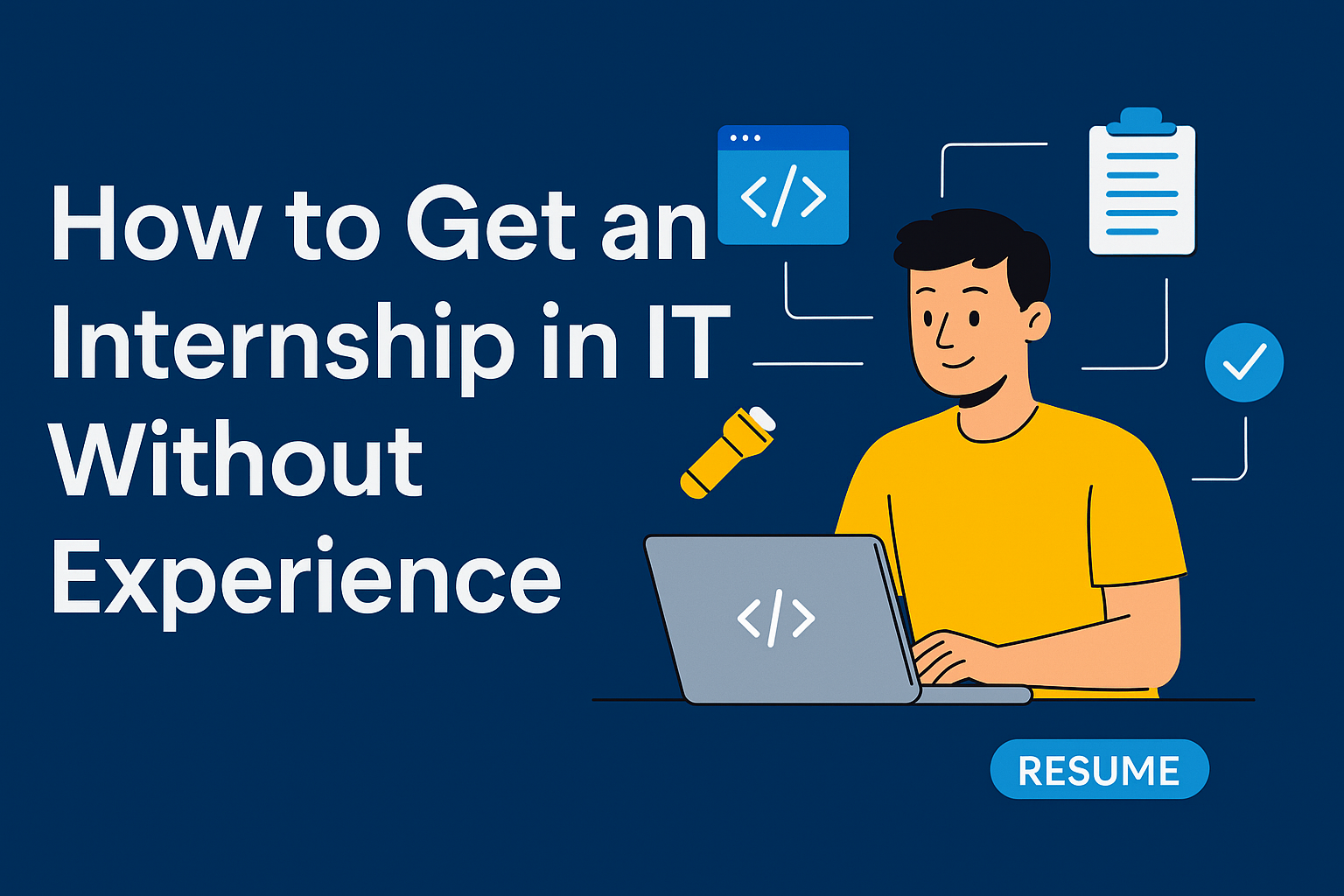Thinking of becoming a Data Scientist in 2025? You’re on the right path. As data continues to power innovation across industries, the demand for skilled data professionals is stronger than ever.
In this comprehensive guide, we’ll walk you through a practical step-by-step roadmap to become a data scientist — including free tools, learning resources, and real-world project ideas. Whether you’re a student, fresher, or career switcher, this blog will give you everything you need to start strong.

Why Become a Data Scientist in 2025?
- High-paying job opportunities in almost every sector
- Direct involvement in cutting-edge technologies like AI and machine learning
- Flexible career options across domains such as finance, healthcare, e-commerce, and cybersecurity
- High demand with a growing talent gap worldwide
Step-by-Step Roadmap to Become a Data Scientist
Step 1: Build a Strong Foundation in Math and Statistics
Understanding data starts with math. Focus on:
- Descriptive and inferential statistics
- Probability theory
- Linear algebra and basic calculus
Free Resources:
- Khan Academy (Math & Statistics)
- StatQuest with Josh Starmer (YouTube)
- OpenIntro Statistics (free book)
Step 2: Learn Programming (Start with Python)
Python is the most widely used language in data science. Learn:
- Variables, loops, functions
- Data types and structures
- Object-oriented programming
Free Resources:
- W3Schools Python
- freeCodeCamp Python Course
- Google Colab (for coding in the cloud)
Step 3: Data Analysis and Visualization
Once you can code, learn how to work with real datasets.
Key Libraries:
- NumPy and Pandas for data manipulation
- Matplotlib and Seaborn for basic visualizations
- Plotly or Tableau Public for interactive dashboards
Practice Platforms:
- Kaggle
- Google Dataset Search
- UCI Machine Learning Repository
Step 4: Understand Machine Learning
Start with the basics of machine learning and move toward practical implementation.
Important Algorithms:
- Regression (Linear, Logistic)
- Decision Trees and Random Forest
- K-Means Clustering
- K-Nearest Neighbors
- Support Vector Machines
Tools:
- Scikit-learn
- XGBoost
- ML Crash Course by Google
Step 5: Build Projects and Create a GitHub Portfolio
Projects demonstrate your practical skills. Start with:
- Sales forecasting models
- Movie recommendation systems
- Data visualizations of COVID-19 or world economics
- Fake news detection or spam email classifiers
Push your code to GitHub and write a clear README for each project.
Step 6: Learn Deep Learning and AI (Optional)
Deep learning is not mandatory for all roles, but it gives you an edge.
Topics to Learn:
- Neural Networks (ANN, CNN, RNN)
- NLP (Text Classification, Sentiment Analysis)
- Transformers and LLMs
Frameworks:
- TensorFlow
- Keras
- PyTorch
Free Courses:
- DeepLearning.AI (Coursera)
- Fast.ai
- Full Stack Deep Learning Bootcamp
Essential Free Tools for Aspiring Data Scientists
| Tool | Purpose |
|---|---|
| Google Colab | Run Python notebooks online |
| Kaggle | Practice datasets, competitions |
| GitHub | Share code and maintain your profile |
| VS Code | Offline code editor |
| Notion | Personal roadmap and task tracking |
| ChatGPT (Free) | Debugging, explanations, ideation |
Free Certificate Courses to Boost Your Profile
| Platform | Course Recommendation |
|---|---|
| Coursera | IBM Data Science Professional Certificate |
| edX | Harvard Data Science: R Basics |
| Udemy | Python for Data Science and Machine Learning |
| YouTube | freeCodeCamp’s Data Science Bootcamp |
Trending Skills for Data Scientists in 2025
- Generative AI and LLMs
- MLOps and model deployment
- Cloud-based data pipelines (AWS, GCP, Azure)
- SQL, Spark, and Big Data
- Explainable AI (XAI) and model interpretability
Final Tips for Success
- Focus on consistent practice rather than passive learning
- Build real projects, not just portfolios of certifications
- Network with professionals on LinkedIn and GitHub
- Contribute to open-source or collaborate on group projects
- Stay current with industry trends through newsletters, blogs, and forums
Conclusion
Becoming a data scientist in 2025 is both achievable and affordable. With the right roadmap, free tools, and hands-on projects, you can stand out in one of the fastest-growing tech careers of the decade.
Start today, learn continuously, and build boldly. Your data science journey begins now.



I’m data scientist
im a data scientist
Appreciate this post. Will try it out.
Yes, including increase slots requires specific Augment Kits, which come in several grades.
Power supply: 30 watts customary, but many second-hand
machines include replacement PSUs, either third-celebration, Apple substitute, or stripped from earlier LC models.
Some CUs are simply detachable (i.e. for cleaning or replacement),
while different card cages include built-in, non-detachable CUs.
There are not any different caches, although an L2 cache is possible by way of an LC PDS card.
There exist a big selection of card cages. Whenever you get it
proper the server ought to recognize the raid array.
It usually consists of an array of followers and a controller, which is
related to the backplane. The backplane is a printed circuit board,
mounted instantly into the card cage. Because the title signifies,
they’re the hub of various star topologies (i.e.
for Ethernet, PCIe) on the backplane and thus require devoted
slot(s). The pinout of B and A sides are
as follows, trying down into the motherboard connector (pins A1 and
B1 are closest to backplate).